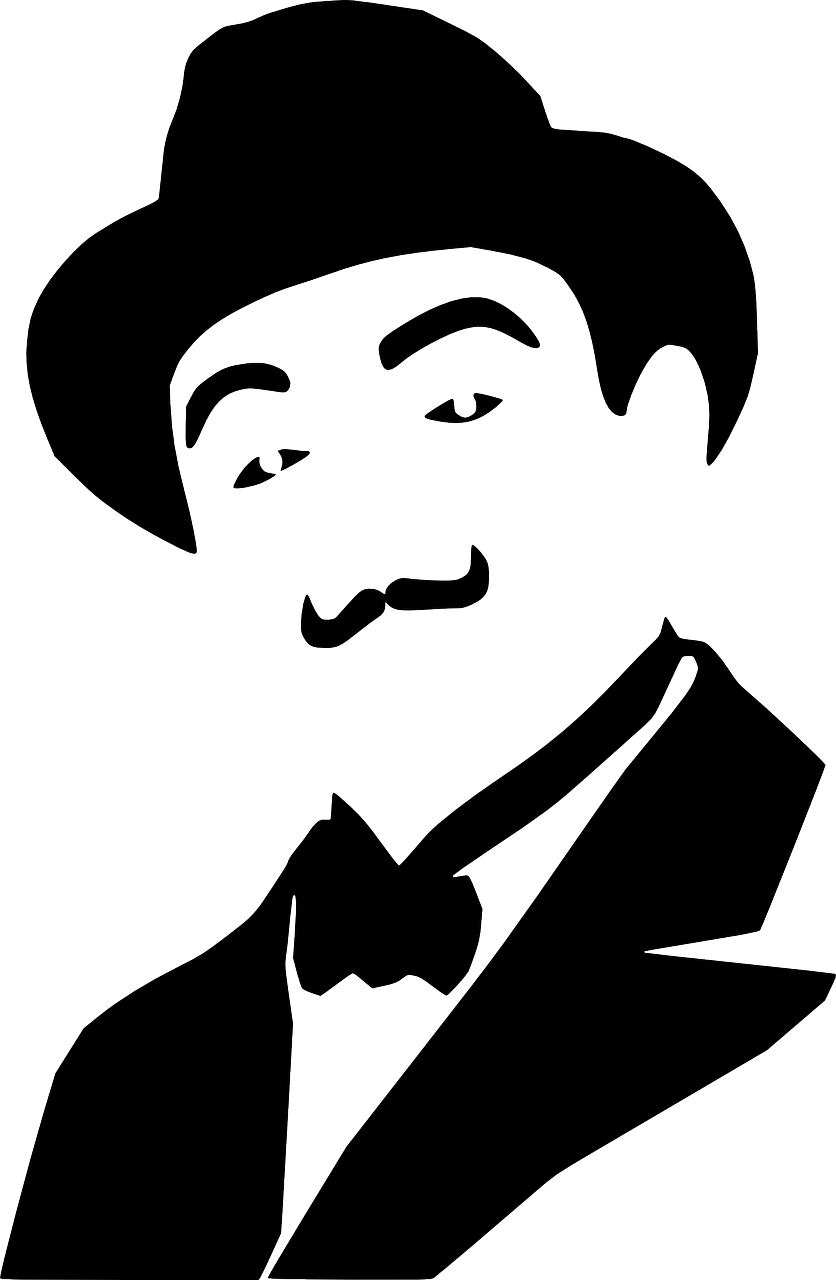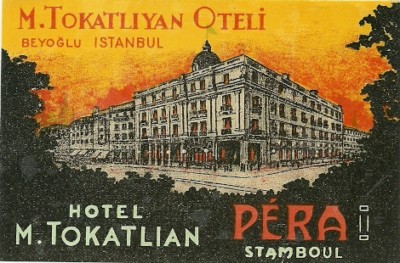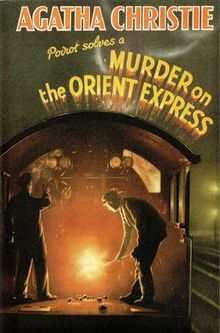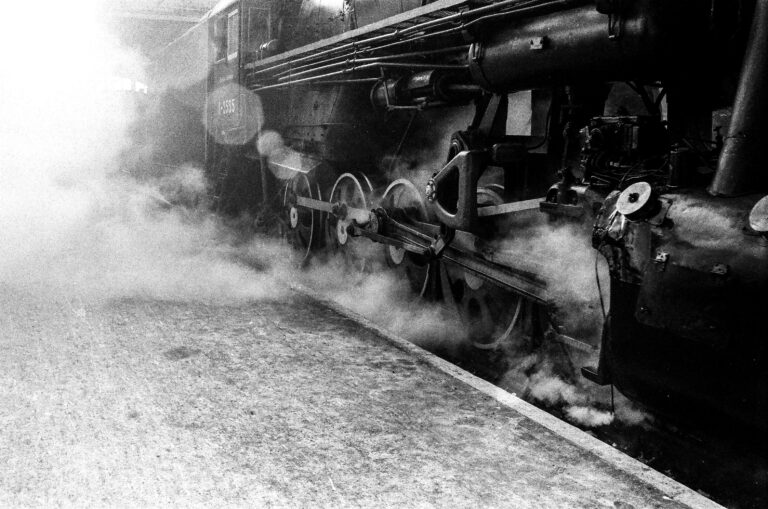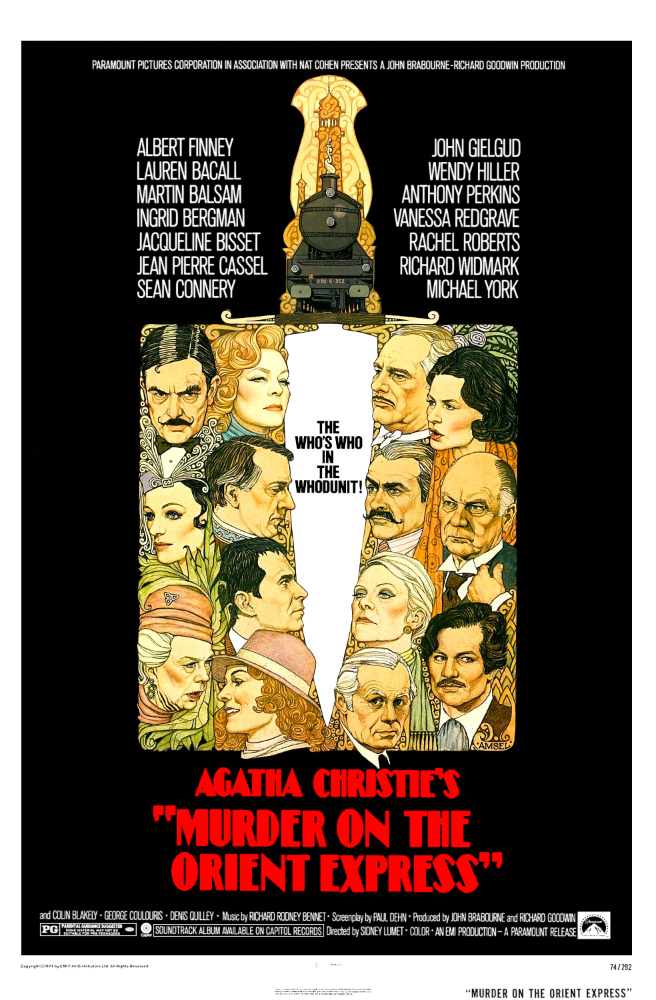**Contains major plot spoilers for Murder on the Orient Express .**
See the previous post, Night Train to Perdition, Act I, for background on Murder on the Orient Express as well as a synopsis of the book. The post you are reading will summarize some related true-crime cases, particularly the kidnap and murder of Charles Lindbergh, Jr. As mentioned in the previous post, the setting of a railway train is particularly evocative for a mystery. To date, no single crime has comprised all the elements from the novel, but there have been several noteworthy cases involving trains since its publication.
Maria Farcasanu
In 1935, shortly after Murder on the Orient Express was published, the body of a Romanian fashion designer named Maria Farcasanu was found near the tracks of the Orient Express in Admont, Austria. She had been traveling from Bucharest to Paris, and her purse was discovered 5 km from the body. Her husband stated she would have been wearing a silver fox fur stole that was not found with the body. Although the death may have looked like a suicide or accident initially, these facts led the police to suspect foul play.
Three days following the discovery of the body, Farcasanu’s baggage was located in a check room in Basel, Switzerland, and all items of value had been removed. Police originally suspected Trajan Theodorescu, a swindler who targeted female Orient Express passengers, but he had an alibi during Farcasanu’s trip. Pawn brokers were asked to be on the lookout for the fox fur stole and a pricey wristwatch missing from her baggage.
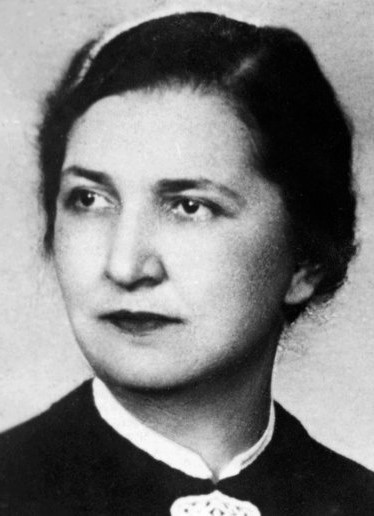
Some time later, a Swiss detective name Karl Nievergelt noted a fur piece worn by a Sunday morning churchgoer. She stated it was a gift from her Hungarian student boarder, Karl Strasser. Strasser was arrested shortly thereafter and confessed to committing the crime for financial gain. Initially sentenced to death, Strasser’s fate was commuted to life in prison in 1937.
Two Unsolved Cases
Within the year after the publication of Murder on the Orient Express, a man’s body was discovered in a passenger car of a train as it entered a station in Cincinnatti, Ohio. A pair of shoes next to the body that did not belong to the man was the only clue to his mysterious death, and the crime was never solved.
In The Life and Crimes of Agatha Christie, Charles Osborne recounts the following:
On 3 May 1981, the London News of the World reported a murder in Bamberg, West Germany, which it called ‘a carbon-copy crime of Agatha Christie’s thriller, Murder on the Orient Express’. The method by which a sixteen-year-old girl was killed certainly suggested a knowledge of the novel or the film.
Unfortunately, this writer has been unable to locate additional information about this tantalizing case and encourages the reader to make contact if he or she can provide any details.
The Big One
Undoubtedly, the most notable true-crime case associated with Murder on the Orient Express is the one that inspired it: the kidnapping and murder of the Lindbergh baby, Charles Lindbergh, Jr. In what may be the actual Crime of the Century, the 20-month-old son of the famous aviator Charles Lindbergh and Anne Morrow (daughter of Ambassador Dwight Morrow) was kidnapped from his nursery on the evening of 01 Mar 1932. A ransom note was found on the radiator below the window of the room and demanded $50,000 for the safe return of the baby.
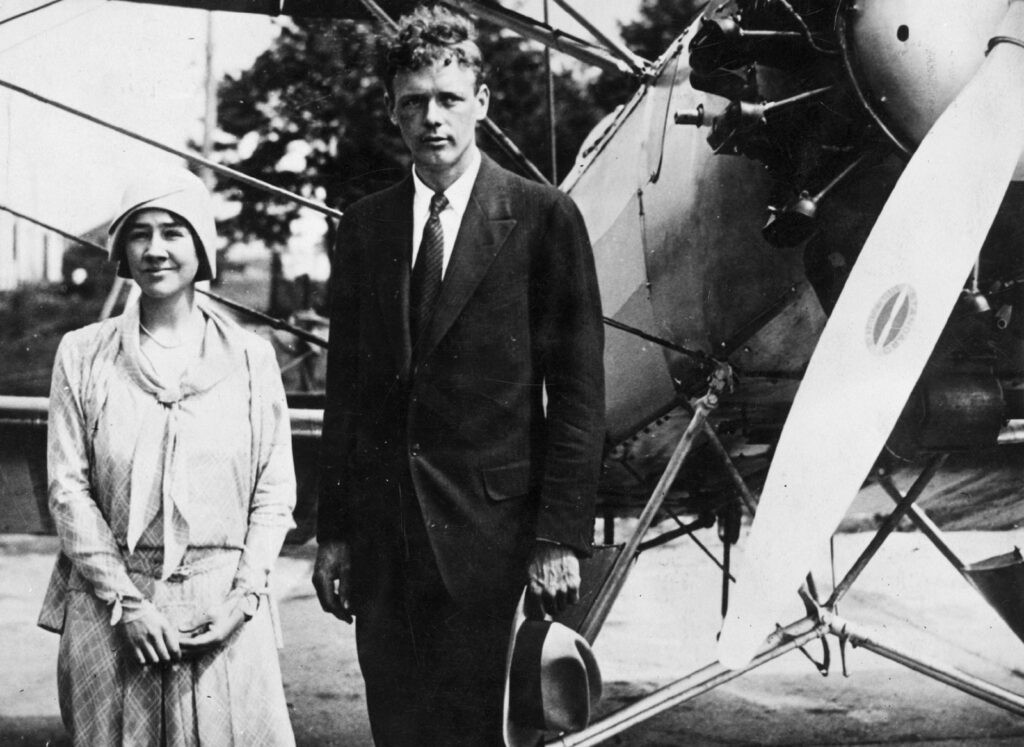
At the time of the kidnapping, Anne Morrow was 7 months’ pregnant with her second child, which Christie paralleled with Sonia Armstrong in Murder on the Orient Express.
The nation erupted. Charles Lindbergh was one of the most famous and highly regarded individuals at the time, having been the first aviator to cross the Atlantic Ocean in 1927. After the kidnapping, a popular song posed the questions:
Who stole the Lindbergh baby?
Was it you? Was it you?
After he crossed the ocean wide,
Was that the way to show our pride?
Was it you? Was it you? Was it you?
Despite the Lindberghs paying the ransom, the body of young Charles Lindbergh, Jr., was found on 12 May 1932. The extent of decomposition of the body suggested he was murdered very shortly after being kidnapped. During autopsy, the cause of death was concluded to be “fractured skull due to external violence,” but it was never known if this violence was accidental or intentional.

Prior to the Lindbergh case, kidnapping was not a federal crime. After the kidnapping of the Lindbergh baby, the US Congress passed the Lindbergh Law, which made it one.
An Inside Job?
An early theory of the police was that the kidnapping was an inside job. The Lindberghs had begun construction on an estate in Sourland, New Jersey in 1930. By 1932, the Lindberghs lived with Anne’s parents in Englewood, New Jersey, but spent weekends at the Sourland property. However, the family happened to be staying at Sourland the Tuesday night of the kidnapping. Police surmised that an inside source such as a member of the household staff may have inadvertently betrayed this to or were deliberately colluding with the kidnappers.
The police centered some of their investigation on Violet Sharp, a 28-year-old English maid. The staff had informed the police that Sharp had a date with an unknown man on 28 Feb. When she was interviewed on 10 Mar, the police reported Sharp was evasive and could recount no details of the man or the date. Additionally, Sharp’s sister, Emily, returned to England shortly after the ransom money had been paid without notifying the police of her travel plans.
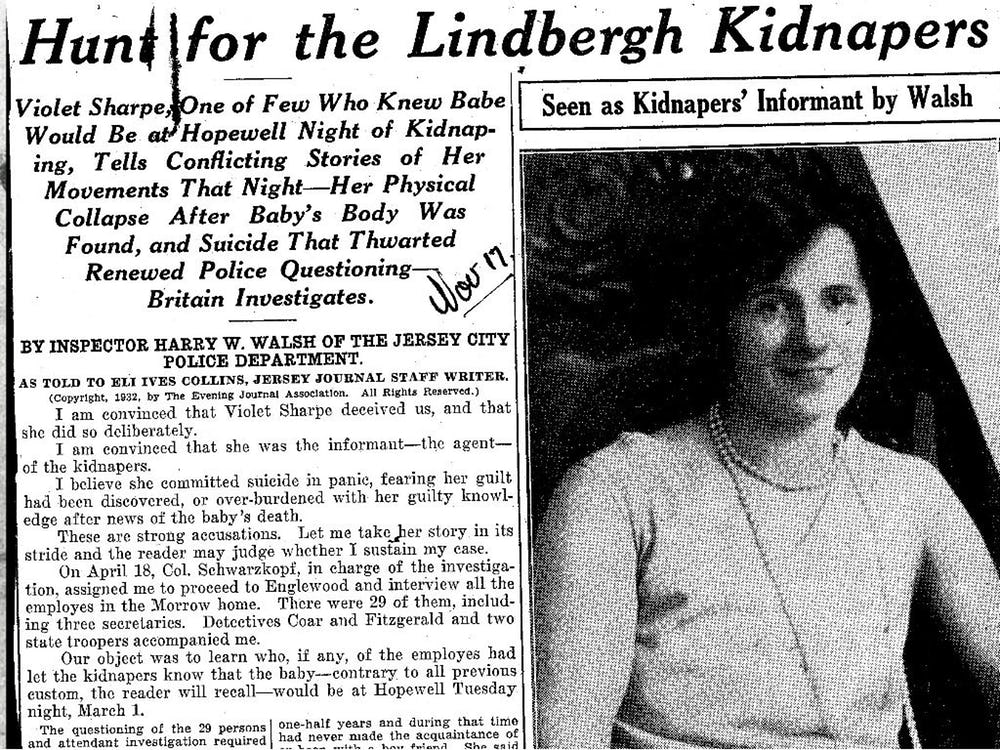
Sharp was interviewed 3 more times, with each subsequent interview increasingly more invasive. The police interrogated Sharp regarding her relationships with men so forcefully that the fourth interview was cut short by an attending physician due to Sharp’s rapid pulse and high blood pressure. The following day, the investigators returned for a final attempt to speak with Sharp. Sharp refused to be interviewed and retreated to her bedroom with a measuring glass filled with powdered silver polish. In her desperation, she drank the polish (cyanide chloride) and died a short time later.
A total of 18 characters in 14 of Christie’s stories and novels died from cyanide poisoning.
To date, there has been no direct evidence linking Violet Sharp to the kidnapping and murder of Charles Lindbergh, Jr. Her travails are mirrored by the character of Susanne Michel (daughter to Pierre Michel) in Murder on the Orient Express.
Countess Andreyni (sister to Sonia Armstrong) recounted:
Poor Susanne? Yes, I had forgotten about her. The police questioned her. They were convinced she had something to do with it. Perhaps she had—but if so, only innocently. She had, I believe, chatted idly with someone, giving information as to the time of Daisy’s outings. The poor thing got terribly wrought up—she thought she was being held responsible.” She shuddered. “She threw herself out of the window. Oh it was horrible.”
Notably, Christie’s characters most directly based on individuals involved in the Lindbergh kidnapping (Susanne Michel and John, Sonia, and Daisy Armstrong) were only referenced by characters in Murder on the Orient Express and not active participants in the plot. This may have been done by Christie out of respect for the Lindbergh family.
A Promising Lead
Although the police devoted time and resources to characterizing Violet Sharp’s romantic relationships, the most valuable clues were uncovered immediately during their investigation: the ransom note and a hand-made ladder, custom built to reach the window to Lindbergh’s nursery. Police suspected that the ransom note left on the radiator was written by someone from Germany, given the placement of the dollar signs and the grammatical construction.

This note and the subsequent ransom notes were helpful to secure a conviction for one kidnapper, but the smoking gun in this case was the ladder found about 70 feet from the Lindbergh estate.
